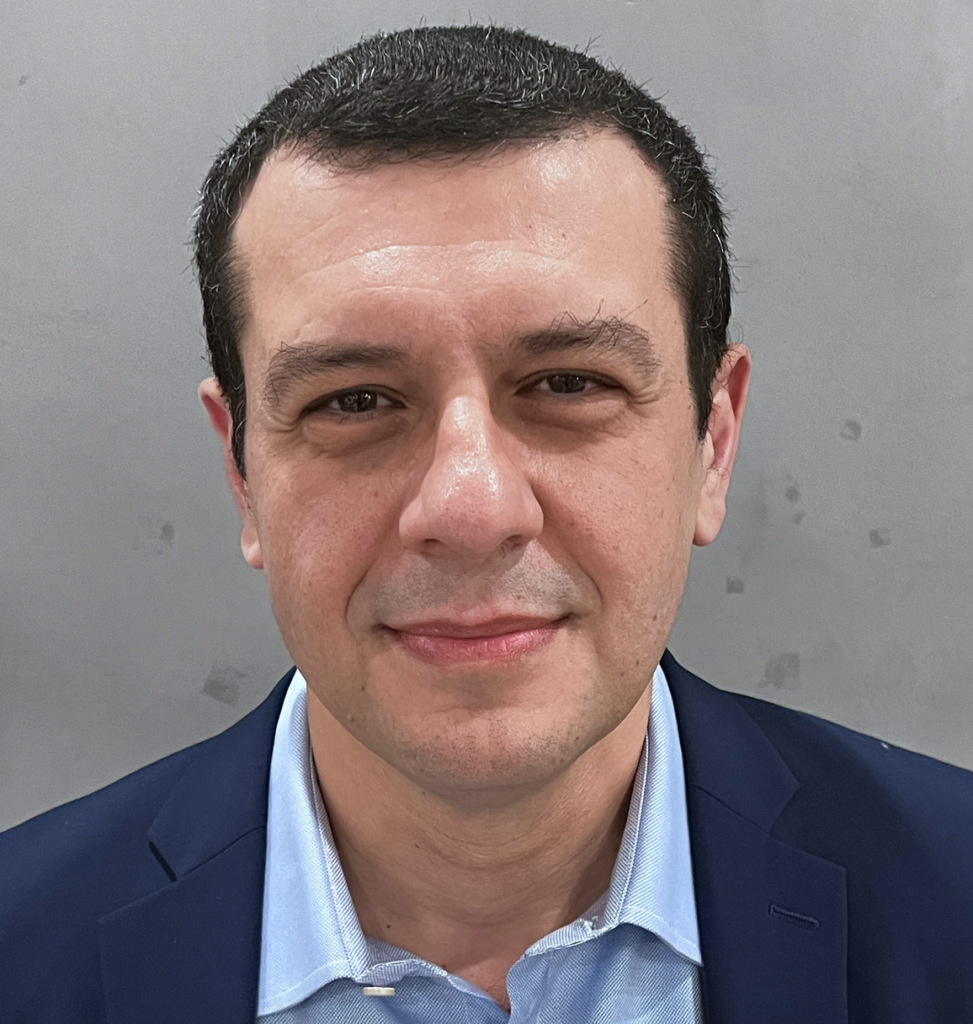
We talked with the founder of ViAn Therapeutics— JP Robles, CEO — in the basement of IndieBio last week after his company had just been voted “Killer of the Week” by his peers in Batch 14. Each week at IndieBio, the companies in our batch compete based on their top accomplishments just in the previous week as they learn to move at venture speed. Top companies are nominated by the IndieBio SF team, but the winner is ultimately chosen by a voting of their peers within the batch.
JP almost chose his guitar over a career in science
JP completed the foundational research for ViAn’s first asset – a cyclic peptide for preventing vision loss in diabetic retinopathy and age-related macular degeneration (AMD) – in a town in Mexico called Querétaro. The region is well known for its vineyards but certainly not on anyone’s biotech map. Before delving into research full time after undergrad, he found himself having to decide between two dreams: music and science.
[JP]: “It’s a bit of a miracle I ended up in science actually. I loved performing with my guitar growing up and strongly considered doing it full time. But ultimately science is an exciting challenge that really captivated me and I knew I couldn’t let it go. I also want to prove to the world that a successful biotech company can arise from this part of the world.”

JP joined the lab of Carmen Clapp, who had first demonstrated that the hormone vasoinhibin could inhibit VEGF during her post doc. Carmen faced tons of pushback from the field on whether this effect was real, but persisted in demonstrating efficacy in vitro. While doing this research, Carmen had worked alongside Nap Ferrara, whose foundational work developing anti-VEGF antibodies led to the blockbuster drugs Avastin and Lucentis for treatment of cancer and AMD, respectively.
[JP]: “When I joined, Carmen wanted me to purify large amounts of this protein so that we could prove the efficacy in mice. But vasoinhibin is so hard to express and purify that I was essentially at a dead end.”
So JP did what any seasoned startup entrepreneur can relate to – he pivoted and found a fresh way to tackle the problem.
[JP]: “I ended up thinking a lot about the structure of this fascinating molecule and learned Molecular Dynamics (MD) simulations. I was able to identify the motif for the core function of the molecule. From there I realized we could likely get the same results from just a short peptide! Ironically I faced a lot of pushback from Carmen early on for this. We both had to show our fair share of persistence in this process.”
Working smarter not harder – JP’s secret to making an amazing therapeutic with less than 5% of the full length protein
JP’s computational work showed that the motif behind vasoinhibin’s therapeutic potential was only a 3 amino acid (aa) sequence out of the whole 125-150 aa molecule. He ended up creating a cyclic molecule out of 7 aa’s that showed remarkable in vitro properties.
[JP]: “We were initially going for an oral anti-VEGF but realized the compound was so permeable we could simplify the delivery even more and make an eye drop! Nap has since come on board as an advisor to the company, which really validates the potential of our technology”
How JP used rabbit eyes to win Killer this week
ViAn’s cyclic peptide eye drop has shown potent efficacy and bioavailability in mice. While those results are promising, testing in rabbits is the industry gold standard for eye treatments, given the physiological similarities between rabbit and human eyes. This week marked the first time JP tested his novel formulation on a rabbit model, setting incredibly high stakes for the future of his company.
JP: “We were able to show sustained bioavailability when testing the therapeutic dose of our peptide. The biggest challenge for commercializing eye drop therapies is typically inability to reach the retina. Here we were able to show that we can get to the back of the eye on our very first try!”
Eye drops for treatment of diabetic retinopathy-related vision loss and AMD could revolutionize patient care for this application. Current standard of care with anti-VEGF biologics entails invasive injections to the back of the eye. The simple administration of an eye drop, coupled with the peptide’s potential for enhanced stability, efficacy, and bioavailability could greatly expand applicable patient populations.
JP: “Using a peptide eye drop for this application can be a real game-changer for patients in terms of ease of administration, treatment cost, and tolerability. We can get the best qualities of biologics and small molecule drugs with this peptide: unprecedented specificity, safety, and bioavailability as an eye drop formulation.”
Throughout our short conversation it was abundantly clear how JP’s persistence and passion for expanding medical access drives his mission: To revolutionize vision loss treatment for patients around the world through an incredibly stable, efficacious peptide eye drop with superior anti-angiogenic properties for treatment of diabetic retinopathy-related vision loss and AMD vs anti-VEGF.
We can’t wait to continue watching him progress as he puts Querétaro on the biotech map!
Stay tuned for a deep dive into next week’s Killer!













































































































































